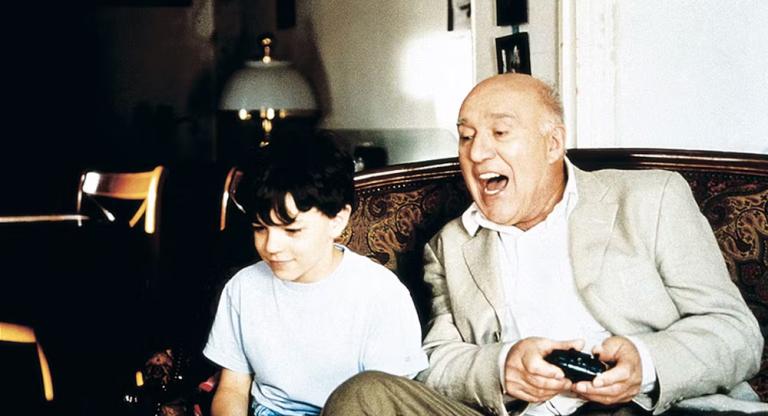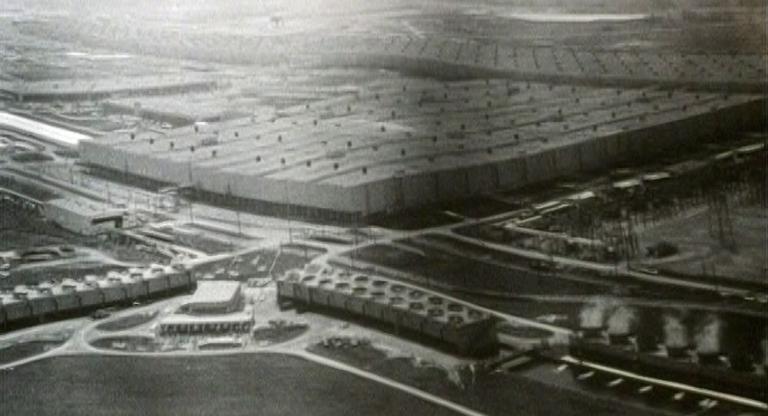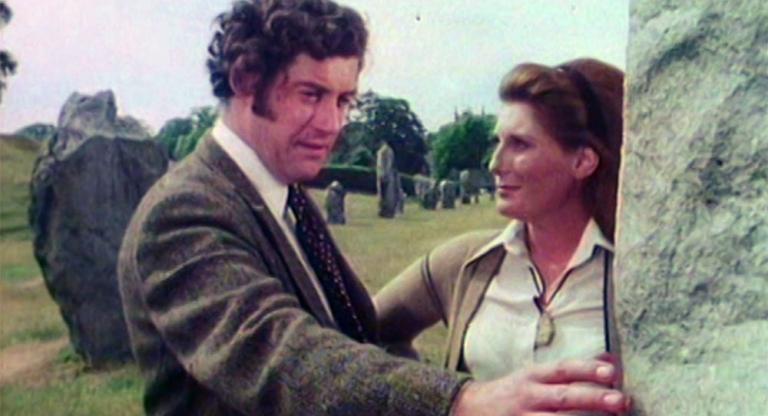Richard Franklin opens his 1983 sequel to Alfred Hitchcock’s Psycho (1960) in the boldest way imaginable: by recycling footage of the iconic shower scene. Subjecting audiences of the 1980s to a black-and-white opening sequence—including the period accurate monochromatic Universal logo—is either clever or perfunctory. It’s the type of stunt that could make viewers long for the craft of a genre-cinema elder statesman like Hitchcock. Fortunately, Psycho II is not only a stunt.
Psycho II is not based on the novelist Robert Bloch’s own sequel to his original source material. That book, released in 1982, sees Norman Bates returning from a couple decades’ stint in a mental hospital to take aim at a Hollywood movie based on his life. The result is a metatextual slasher narrative that attempts to criticize the bloodlust of Hollywood while itself reveling in multiple acts of murder and sexual violence. Universal opted to disregard Bloch’s new novel and hire Tom Holland to write a story that could make use of the well preserved Psycho house set.
Franklin was an interesting choice to direct a major title for Universal, as up until then he had only worked in his homeland of Australia. In the course of his work on Ozploitation classics like Road Games (1981) and Patrick (1978) he developed the ability to build tension while providing empathy for his characters. Universal could have capitalized on the budding slasher movie craze with a Psycho sequel made in the much looser censorship restrictions of the 1980s, but instead they gave Franklin the reins for a comparatively nuanced approach to the characters Bloch and Hitchcock made legendary with Psycho.
Like Bloch’s Psycho II novel, Franklin’s film begins with Norman Bates (still Anthony Perkins) being released from the mental institution where he has resided since Psycho’s conclusion. Rather than head to Hollywood, Norman goes home. Attempting to acclimate to 1980s society, he gets a job in a diner and resumes living in the house behind Bates Motel, embedding himself in the community as much as possible. When murders begin to happen, Norman’s mental health becomes a question for both himself and others in town. Franklin’s film is more of a psychological thriller than a traditional slasher, revolving around Norman’s guilt, trauma, and occasional homicidal tendencies. It is cleverly structured as a whodunit in which the audience is as much in the dark as Norman as to whom the assailant may be. It’s the rare legacy sequel that invests in its characters as much as it exploits them, saving Norman from becoming the butt of a joke—or just another killer in the growing slasher-film rogues gallery—and giving him pathos.
Psycho II screens tonight, March 13, at Nitehawk Prospect Park on 35mm.



